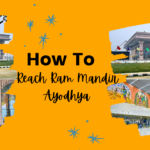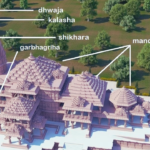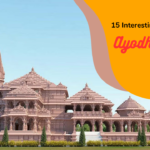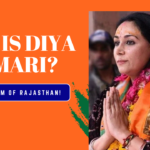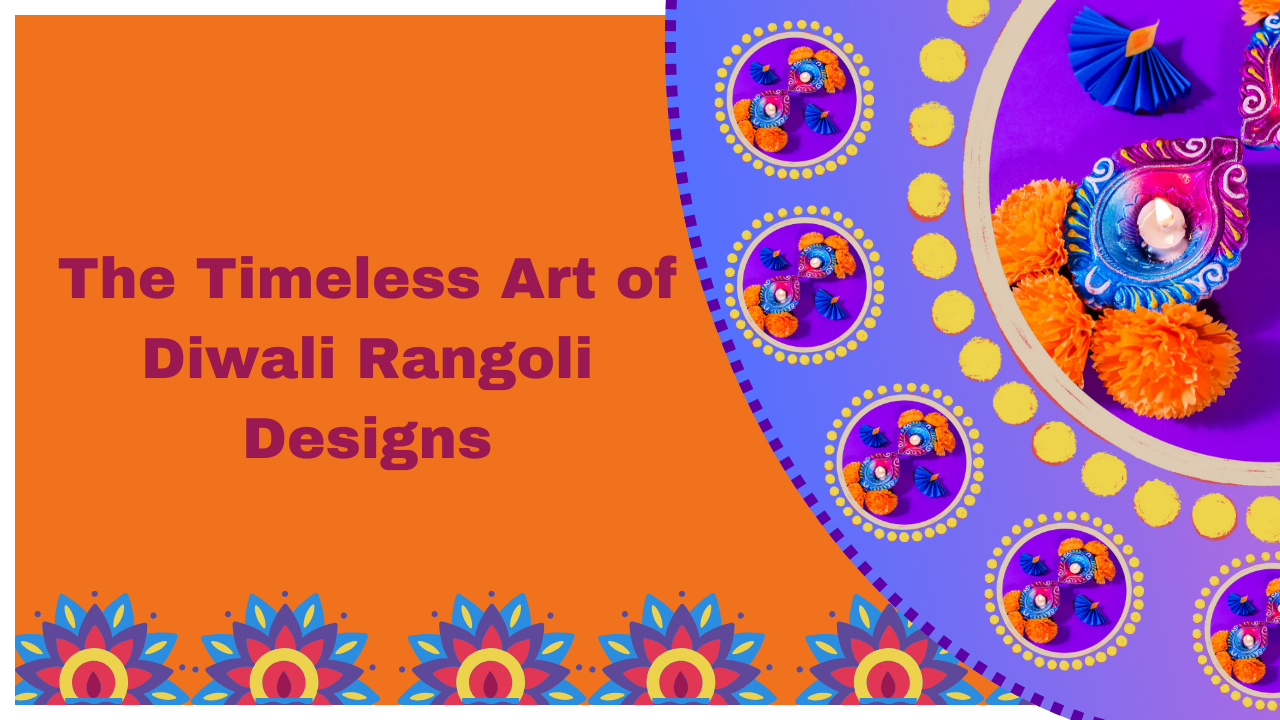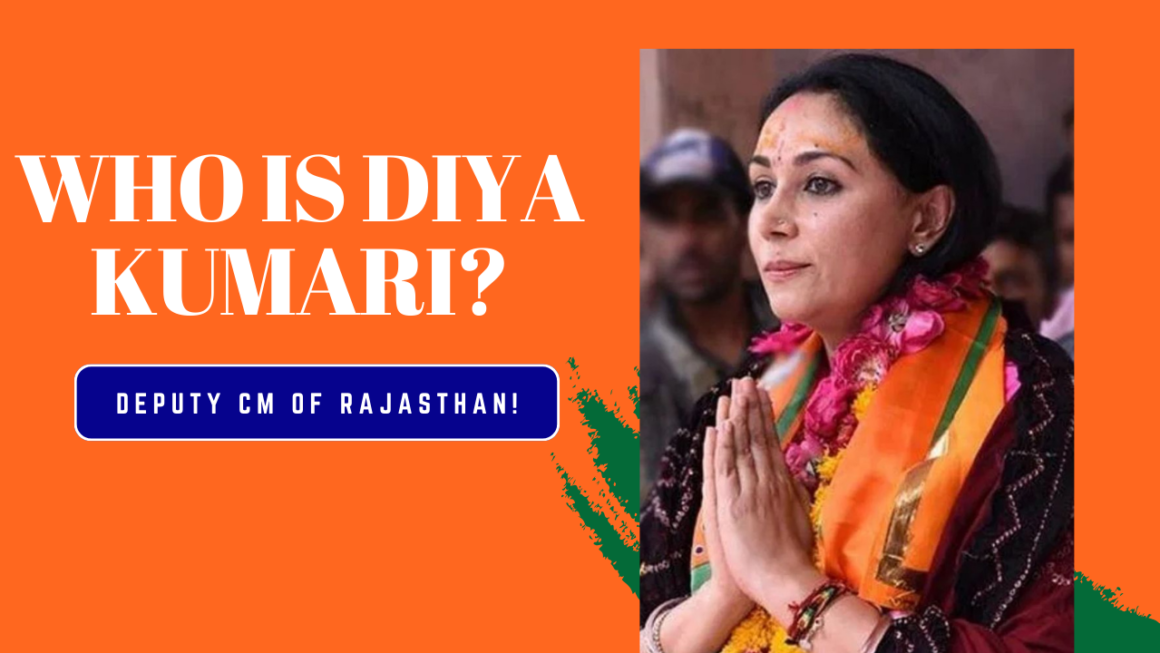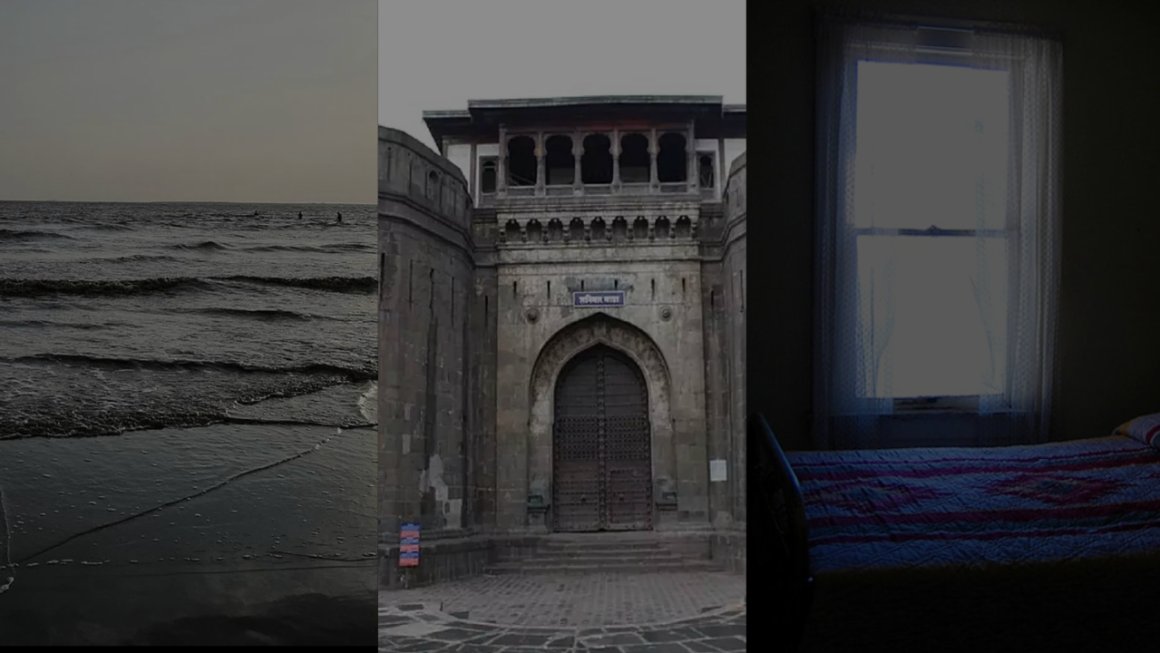Diwali Rangoli Designs
Diwali, also known as the Festival of Lights, is one of the most significant festivals in India. It’s a time of joy, family gatherings, and celebrations. One of the most visually captivating aspects of Diwali is the art of Rangoli. In this blog, we will delve into the rich tradition of Diwali Rangoli designs, exploring its history, significance, and modern adaptations.
I. Historical Background
Rangoli, a traditional Indian art form, has deep-rooted historical significance. The art of creating intricate and colorful patterns on the ground or floor can be traced back centuries. It’s believed to have originated as a way to welcome deities into homes and as a form of self-expression. Over the years, Rangoli has evolved into a cherished tradition during Diwali, symbolizing the festival’s essence of light, color, and prosperity.
II. Materials and Tools
To create a stunning Diwali Rangoli, you’ll need an array of materials and tools. Commonly used materials include rice flour, colored powders, flower petals, and even colored sand. The tools can be as simple as your hands or as complex as stencils and specialized rangoli powders. Each color used in a rangoli design carries its own significance; red symbolizes passion, green represents happiness, and yellow signifies knowledge.
III. Traditional Diwali Rangoli Designs
A. Geometric Patterns Traditional Diwali rangoli designs often involves intricate geometric patterns. Dots and lines form the basis of these designs, and they’re embellished with diya (lamp) and lotus motifs, which are symbols of light and purity.
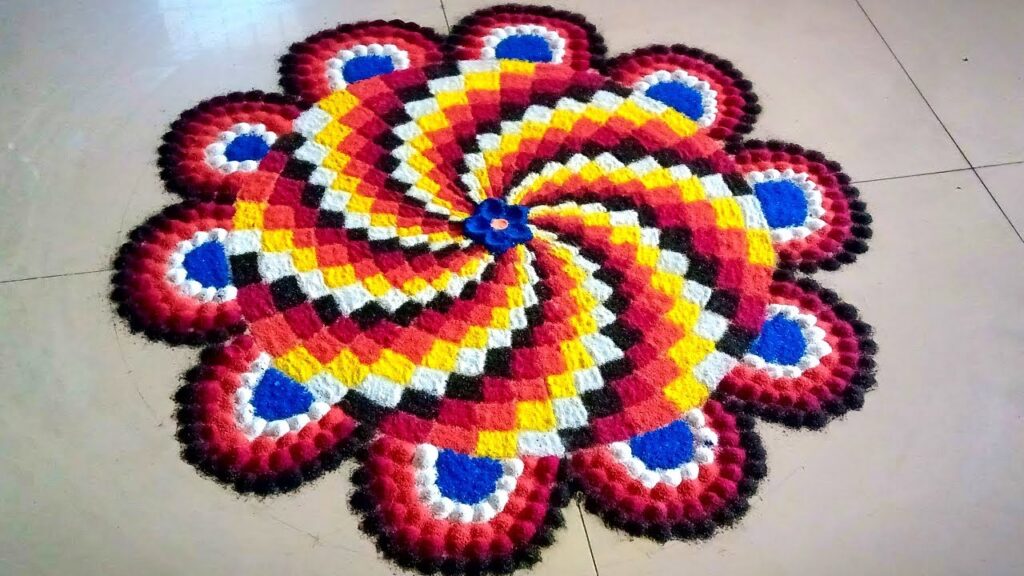
B. Freehand Designs Freehand Diwali rangoli designs allow for greater creativity. You can incorporate motifs like peacocks, paisleys, flowers, and animals. These designs are often passed down through generations and have regional variations.
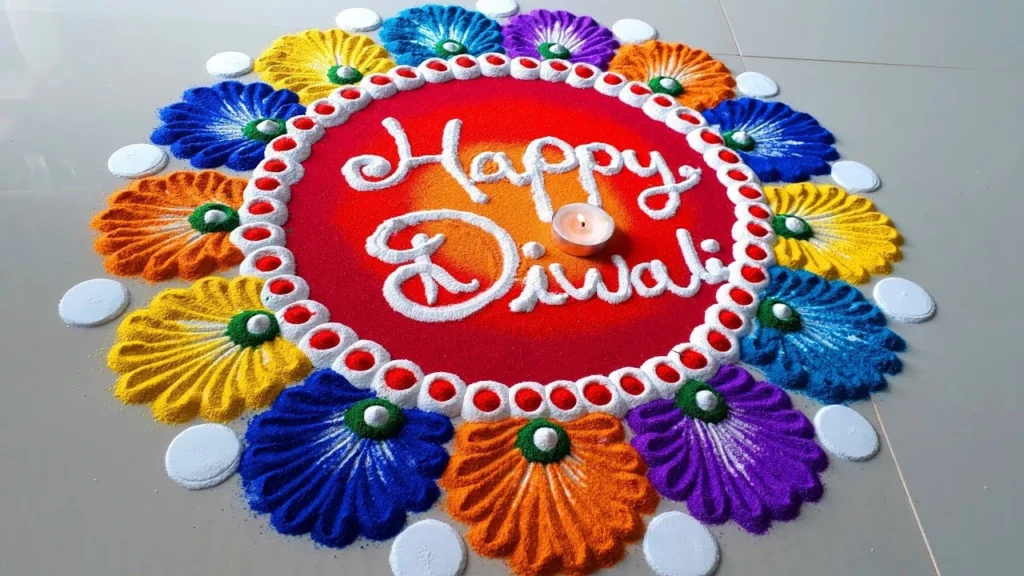
C. Regional Variations in Traditional Designs Different Indian states have their own unique variations of rangoli designs. For example, Kolam in Tamil Nadu is known for its symmetrical and intricate patterns, while Alpana in Bengal is characterized by its bold lines and minimalistic design.
IV. Modern and Creative Rangoli Designs
Diwali rangoli designs have evolved over time, incorporating modern elements and innovations. Artists now create rangoli designs that blend traditional and contemporary aesthetics. Some artists even use technology and stencils to achieve precision in their creations, pushing the boundaries of this art form.
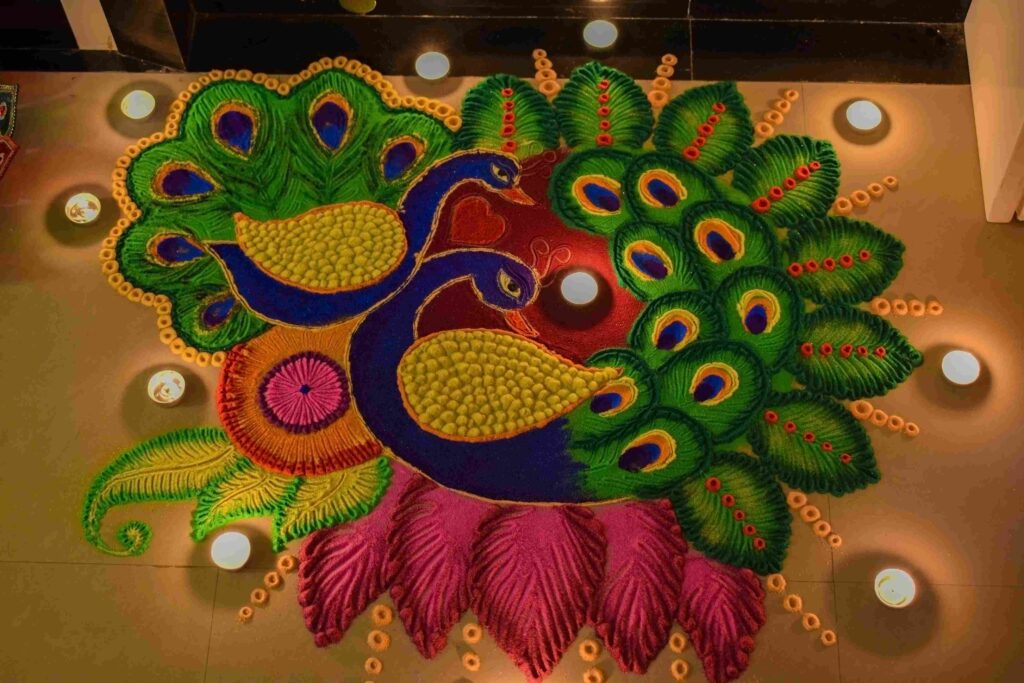
V. Tips for Creating Rangoli
Whether you’re a beginner or an experienced rangoli artist, these tips will help you create a beautiful design. Planning and preparation are key, ensuring you have the right materials and tools. Execution requires patience and precision, and once your rangoli is complete, maintaining it is important to preserve its beauty.
VI. Significance of Rangoli in Diwali
Rangoli is not just a decorative art form but holds deep spiritual significance during Diwali. It is believed that rangoli designs welcome Goddess Lakshmi, the goddess of wealth, into homes. The vibrant colors and intricate patterns are said to attract her and usher in good luck and prosperity.
VII. Regional Variations
Diwali is celebrated with unique traditions and customs in different parts of India. Similarly, rangoli designs vary from region to region, each with its own special charm. Understanding these regional variations can give you a deeper appreciation of this art form’s diversity.
Read Also: Celebrating Diwali in Office: Ideas to Illuminate Your Workplace in 2023
VIII. Rangoli Competitions
In many communities and schools, rangoli competitions are held during Diwali. These events encourage creativity, artistic expression, and healthy competition. Participants often receive prizes and recognition for their skill and dedication.
IX. Rangoli in Contemporary Celebrations
Rangoli is not limited to India; it has found its way into global celebrations and urban areas. In today’s digital age, social media platforms are flooded with images of beautifully crafted rangoli designs during Diwali. This art form transcends cultural boundaries, becoming a symbol of unity and celebration.
Conclusion
Diwali Rangoli designs are more than just beautiful decorations; they represent the heart and soul of the Festival of Lights. The vibrant colors, intricate patterns, and the love and dedication poured into creating them make rangoli an integral part of Diwali celebrations. Whether you’re a traditionalist or a modern enthusiast, rangoli offers an artistic avenue for everyone to express their creativity and celebrate the joy of Diwali. So, this Diwali, don’t just light lamps but also create a beautiful Rangoli to welcome prosperity and good fortune into your home.




